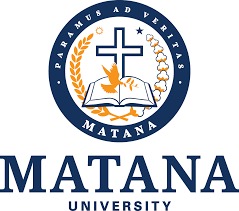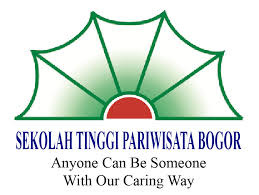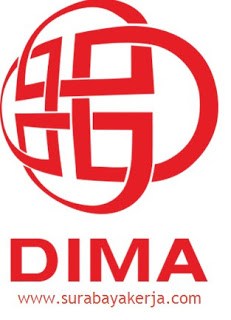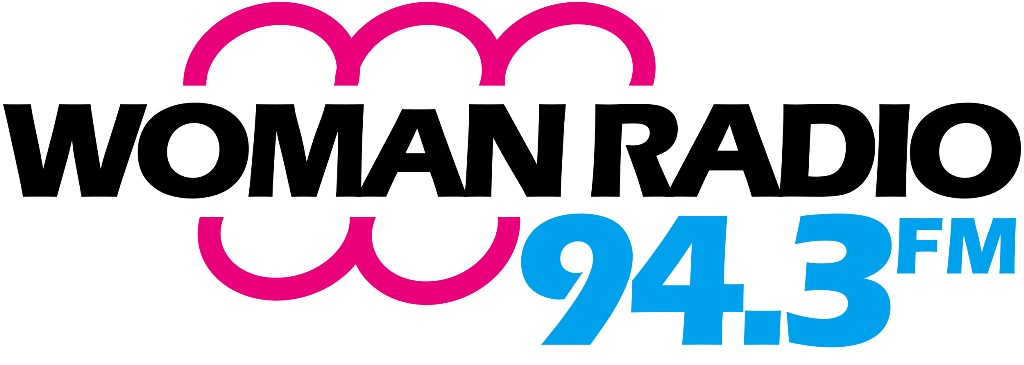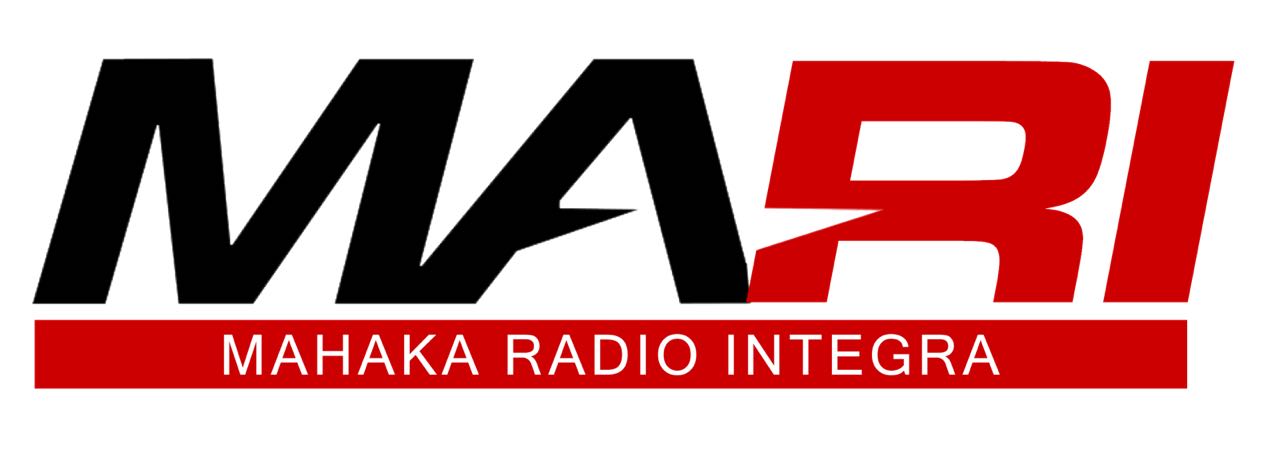POLA PERJALANAN WISATAWAN TIMUR TENGAH BERDASARKAN PROFIL WISATAWAN DAN MOTIVASI POLA PERGERAKAN DI BANDUNG
Abstract
ABSTRACT This study analyses how the Middle East tourists travel patterns in Bandung based on tourist profile and motivation movement patterns. The purpose of this studies to investigate how Middle East tourist travel patterns based on tourist profile and motivation movement patterns in Bandung. This research used descriptive with qualitative approach, involving 3 Middle East tourists as informants. The data were analyses by assigning codes to categorize information, identifying patterns and connection between categories, and interpreting the data from the multiple sources. This result show that the Middle East tourist profiles belonging to middle and upper class tourist and based on the tourist typology, Middle East tourist include into the category of near phischocentric and tend to approach the Mid-centric. Middle East tourist very interested to explore tourist attraction in Bandung. However Bandung still need to be improved, especially some points related to the limitation of professional expertise in several tourism service sectors who able to perform and speak Arabic well.
Keywords: Travel pattern, Tourist profile, Travel pattern motivation, Middle East Tourist
Full Text:
PDFReferences
Ariffin dan Hasim. 2009. Marketing Malaysia to the Middle East Tourist: Toward A preferred Inter-regional Destinations. International Journal of West Asian Studies.Vol. 1, (pp 39-53) Hazbun. 2006. Explainning the Arab Middle East Tourism Paradox. Toronto: The Arab World Geographer/Le Géographe du monde arabe. Vol 9, No 3 Hancock, et al. 2009.An Introduction for Qualitative Research. National Institute fo Health Research. Kovjanic. 2014. Islamic Tourism as a Factor of the Middle East Regional Development. TURIZAM. Volume 18, Issue 1 33-43 MacLeod, D.V. 2004. Tourism, Globalization and Cultural Change: An Island Community Perspective. Series: Tourism and cultural change. Channel View Publications: Clevedon, England. Manajemen Perjalanan. 2016. Laporan Small Scale Research: Perencanaan Pola Perjalanan Wisata Heritage di Kota dan Kabupaten Cirebon. Pasca Sarjana, Sekolah Tinggi Pariwisata Bandung Paturusi, Syamsul Alam. 2008. Perencanaan Kawasan Pariwisata. Denpasar: Udayana University Press.
Sekaran, Uma. 2003. Research Methods for Business: A Skill-Building Approach 4th Edition. John Wiley & Sons, Limited. Academic Internet Publishers Incorporated. Buku Collier, Alan. 2004. Principles of Tourism: A New Zealand Perspective 6th Edition. Creswell, John W. 2014. Research Designed Pendekatan Kualitatif dan Mixed. Yogyakarta: Pustaka Pelajar. Engel, James, F, Roger D. Blackwell, dan Paul W. Miniard. 1994. Perilaku Konsumen. Edisi Keenam. Jilid 1. Penerbit Binarupa Aksara. Jakarta. Foster, Douglas. 1985. Travel and Tourism Managemen. London: Macmillan Press LTD. Ismayanti. 2010. Pengantar Pariwisata. Jakarta: Grasindo McIntosh Robert W., Charles R. Goeldner. 1990. Tourism: Principles, Practices, Philosophies 6th Edition. Wiley Miles, M.B. dan A.M. Huberman. 1994. Qualitative Data Analysis. California: SAGE Publications Inc. Moleong, Lexy. J. 2004. Metode Penelitian Kualitatif. Remaja Rosdakarya. Bandung. Nuriata. 2014. Paket Wisata: Penyusunan Produk dan Penghitungan Harga. Bandung: Alfabeta. Spillane, James J. (2003). Pariwisata dan Wisata Budaya, CV. Rajawali. Sugiyono. 2011. Metode Penelitian Kuantitatif, Kualitatif dan R&D.Bandung: Alfabeta. __________.2013. Metode Penelitian Bisnis: Kuantitatif, Kualitatif dan R&D. Bandung: Alfabeta. Sumarwan, Ujang. 2004. Perilaku Konsumen Teori dan Penerapannya dalam Pemaasaran.Bogor : Penerbit Ghalia Indonesia. Timothy, Dallen J. 2005. Shopping Tourism, Retailing and Leisure. UK: Frankfurt Lodge, Clevedon Hall. Yoeti, O.A. 1997. Perencanaan dan Pengembangan Pariwisata. Jakarta: PT Pradnya Paramita.
Education Bureau. 2013. Tourism and Hospitality Studies. Hongkong: Personal, Social and Humanities Education Section, Education Bureau. Ibrahim, Zulkifli, dkk. 2009. Travelling Pattern and Preferences of the Arab Tourists in Malaysian Hotels (Int. Journal). Selangor, Malaysia: www.ccsenet.org/journal.html .International Journal of Business and Management. Vol 4, No. 7 Koswara, Ina Herliana. 2002. Karakteristik Wisatawan; Siapa dan Bagaimana Mereka Berwisata.Warta Pariwisata Pusat Penelitian Kepariwisataan (P2PAR) Lembaga Penelitian ITB. Vol V, No. 3 Lew dan McKercher. 2005. Modeling Tourist Movement: A Local Destination Analysis. Annals of Tourism Research. Vol. 33, No. 2, pp. 403–423
Zin, dkk. 2013. The Potential of Arabic as a Tourism Language in Malaysia. MCSER Publishing: Rome-Italy. Journal of Educational and Social Research. Vol. 3 No.7 https://www.google.co.id/maps/place/Bandung,+Bandung+City,+West+Java/ diakses pada 10 Maret 2017.
DOI: http://dx.doi.org/10.30813/ncci.v0i0.1252
Refbacks
- There are currently no refbacks.

